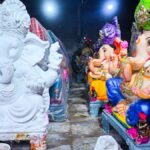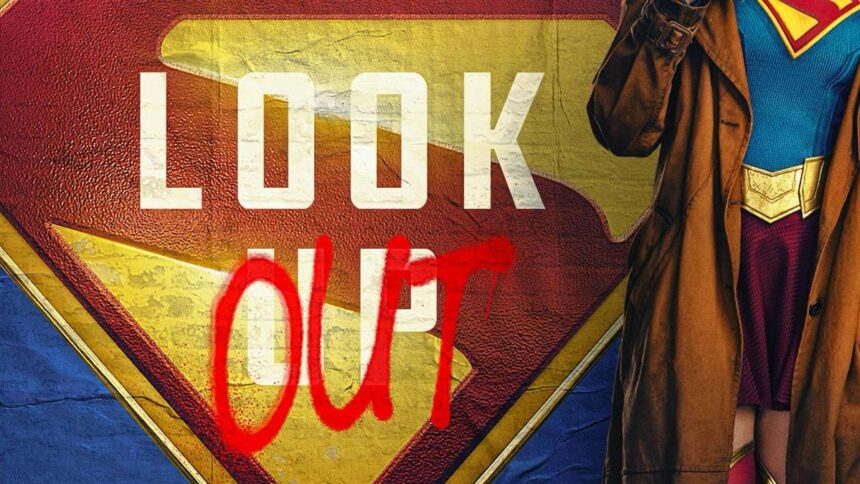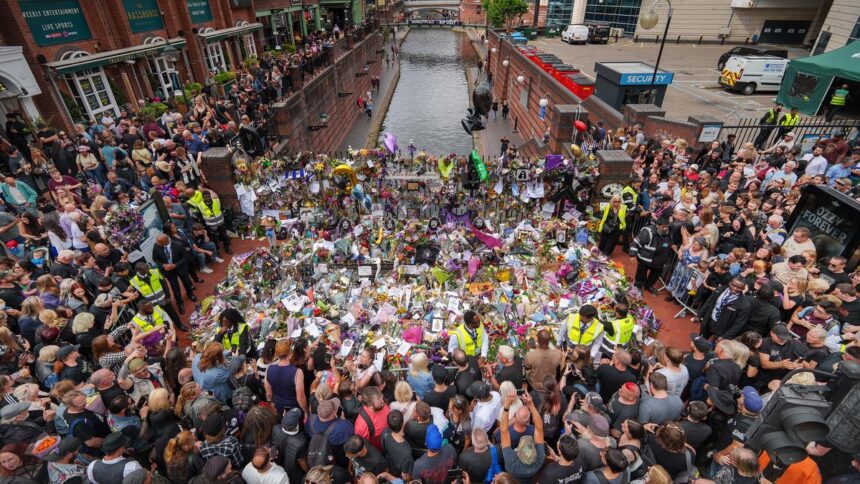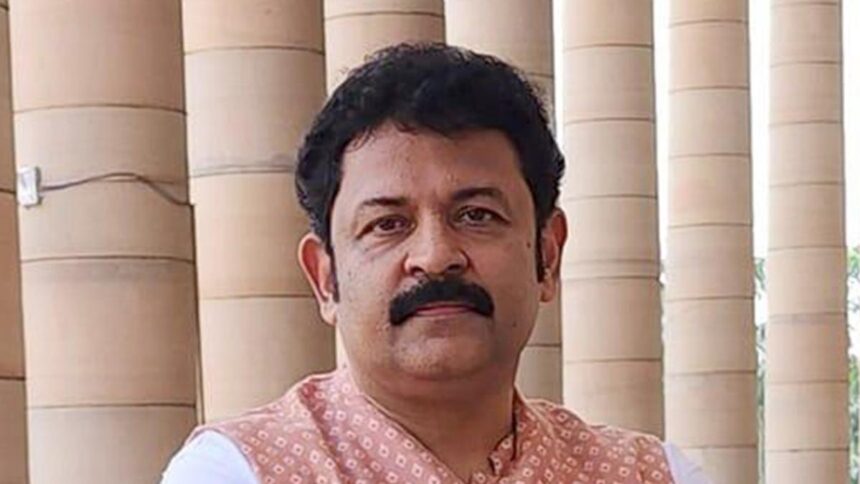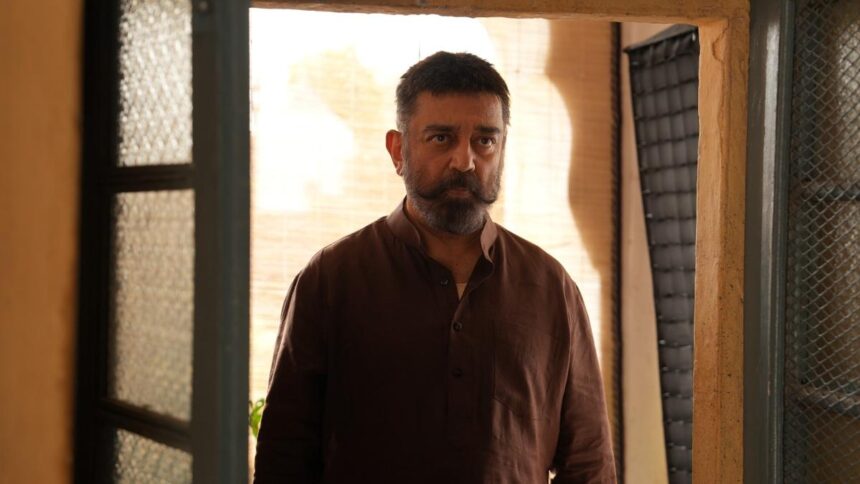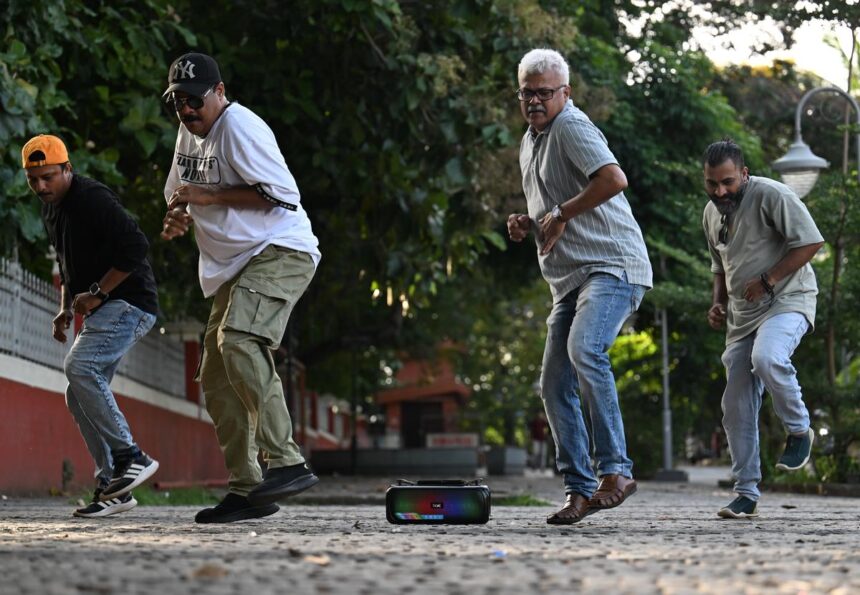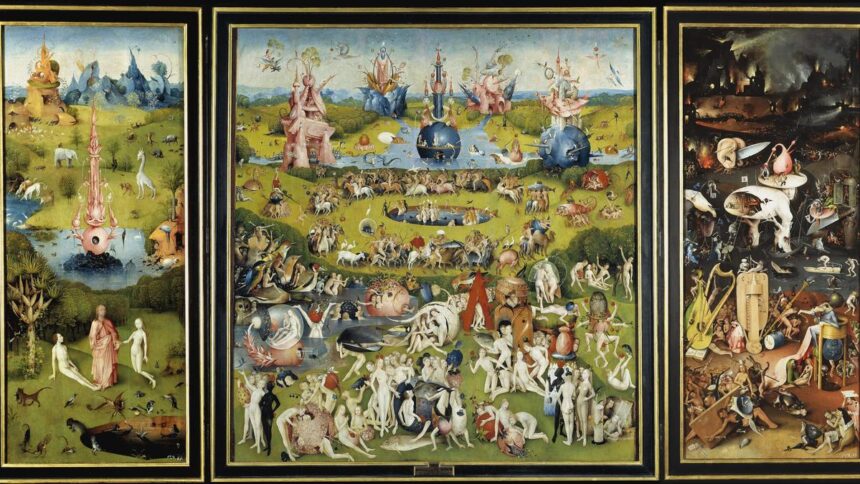Those who grew up on the slice-of-life stories dished out by Nagesh Kukunoor at the turn of the millennium would vouch for the respect he exudes towards his characters, and the freedom he gives them to take on adversity. Iqbal, Dor, Lakshmi, Dhanak… there are no absolutes in his universe as Kukunoor digs an estuary between heroes and villains, between Nature and nurture. After a creative quiescence, Kukunoor is back with The Hunt, a gripping series documenting the investigations that followed the assassination of former prime minister Rajiv Gandhi by the LTTE in May, 1991.
“If I am going to put the camera on anyone, I am going to approach it with complete humanity first and then go through the layers. It is satisfying, and fun, if someone gets the second or third layer, but never at the cost of the first,” says Kukunoor.
Kukunoor was a newly minted chemical engineer in Dallas when the suicide bombing in Sriperumbudur sent shock waves around the world. “I was shocked and felt sad for the Gandhi family, but those were the days when the details came out only in the weekend edition of The New York Times.”
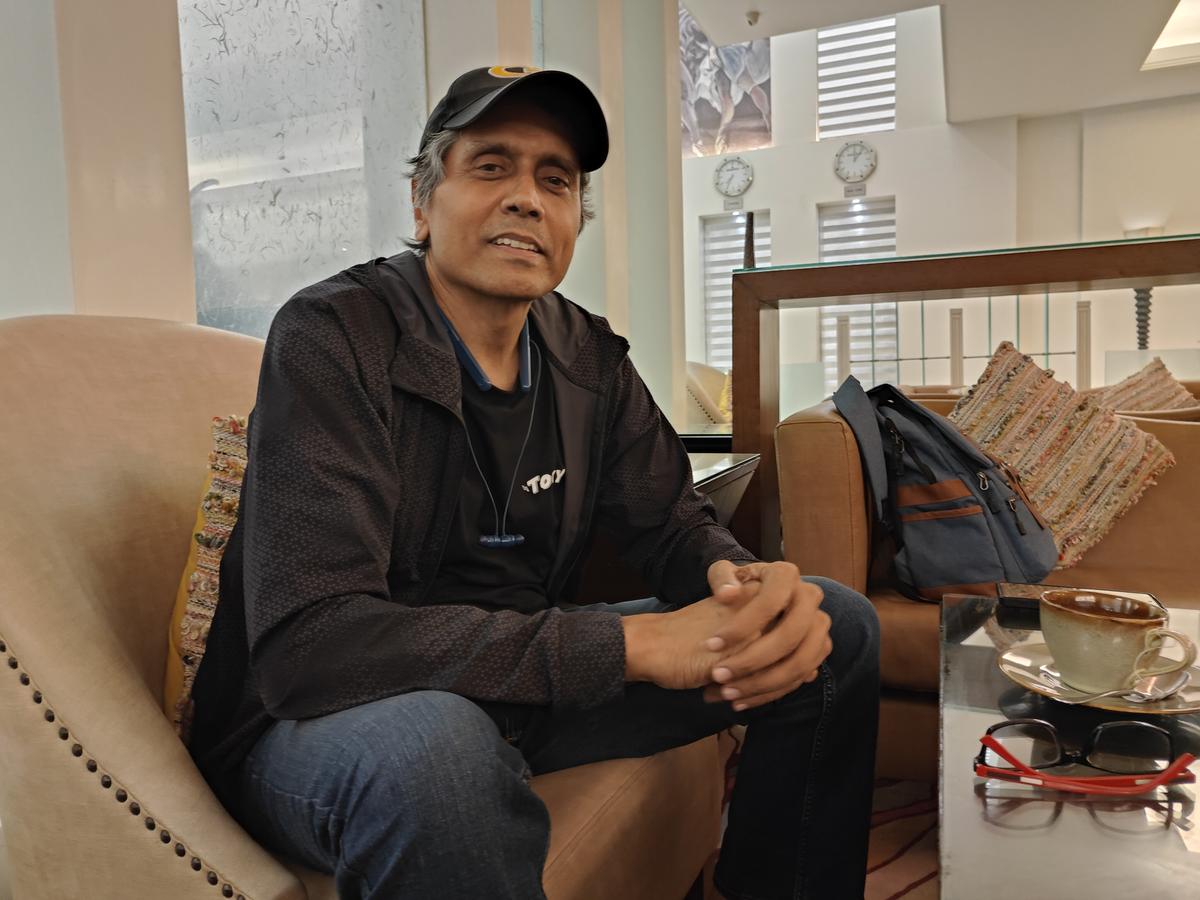
Director of ‘The Hunt’, Nagesh Kukunoor in Noida during his interview with The Hindu
| Photo Credit:
ANUJ KUMAR
A faithful adaptation of journalist Anirudhya Mitra’s book Ninety Days, Kukunoor rates the series as his “hardest assignment” in terms of writing. He did not want to “touch anything political,” but when Sameer Nair of Applause Entertainment asked him to read the book, he felt he “could navigate the space” without getting caught in any toxic minefield. “It is my first adaptation of a book, and for the first time, I am dealing with true crime. Every word had to be parsed because several “officers involved in the investigation are still around.”
Led by senior IPS officer D Karthikeyan (Amit Sial), the series tracks how the Special Investigation Team that included a galaxy of top cops such as Amit Varma (Sahil Vaid), Amod Kanth (Danish Iqbal), K Ragothaman (Bagavathi Perumal), Radhagovind Raju (Girish Sharma) and Captain Ravindran (Vidyuth Garg) took 90 days to pin down the one-eyed conspirator, Sivarasan.

“There are several points of view. We decided to stick to Mitra’s book and not engage with anyone,” adds Kukunoor.
From the then Prime Minister P V Narasimha Rao telling officials that they possibly made a mistake by making Sivarasan, and not the LTTE chief Prabhakaran, as the face of the hunt to the inordinate delay of 36 hours in storming Sivarasan’s final hideout on the outskirts of Bengaluru, there are a lot of dots that the series lays out for the audience to connect. “I don’t look into the motives. Like journalists do in a reportage, I have put out the information as honestly as possible. Those who understand the period would get more out of it, while for the lay audience it is a thriller with a slice of our history.”
Director Nagesh Kukunoor on the sets of ‘The Hunt’
| Photo Credit:
SPECIAL ARRANGEMENT
The form does not limit itself to a regular thriller either. “Yes, there is no blazing climax, and there is no glory at the end. Everything stalls in the seventh episode, but that’s how it was.” In the beginning, Kukunoor says, it was supposed to be a six-episode series, “but when I got into the rhythm of the investigation, I decided to devote one episode to just explore the long wait before the denouement.”
It makes for a gripping narrative probably because destiny plays a significant role in the whole episode. At one point, desperate to find the needle in the haystack, Amod talks about the need for Lady Luck. “Absolutely, no screenwriter could have imagined it,” gushes Kukunoor. “How would you explain a truck full of lumber breaks the security cordon and stops in front of the hideout?” Had the investigators not found alleged LTTE sympathiser Haribabu’s camera that was used to record the blast, it could have been a perfect crime. “Yes, more importantly, it survived the blast. The engineer in me feels he must have raised his hands to record the incident as the impact blew away everything below that level.”

The series doesn’t paint people in black and white and opens a window to the extremists’ mindscape as well. Kukunoor delicately handles the cliche: ‘one man’s terrorist is another man’s freedom fighter.’ A dreaded terrorist can also enjoy a Rajinikanth caper in between plotting an assassination and holding his cigarette like the superstar. “It is the way I view the world as a filmmaker. I think that, if given any material that pointed fingers, I would not have attempted it. I would have asked, “Ismei mujhe karna kya hai (what do I have to do here)“. For me, the excitement and thrill come when everyone comes out as grey. This is how I see the world.”
Director Nagesh Kukunoor on the sets of ‘The Hunt’
| Photo Credit:
SPECIAL ARRANGEMENT
During the investigation, the series also gently addresses the North-South stereotypes that most of us inadvertently carry. A Hyderabadi who spent his formative years in Tamil Nadu, Kukunoor says it stems from his understanding of the issue. “In the boarding school, we would all sing Tamil songs, but because my classmates knew that I spoke Dakhni Hindi, they would grudgingly ask me to sing something in Hindi, like an item. For them, I was from the North, a bit north. My father, who worked with the UNICEF in Delhi, and someone who could easily express himself in Urdu because of his education during the Nizam period, was casually labelled a Madrasi because in North India, Hyderabad is considered part of the deep South. It irritated him no end, and he kept saying: “Chaar badde state hai, ek nahin. (There are four big states in the South, not just one)“.
With Raghothaman as his foil, Kukunoor explores the emotions of an officer investigating individuals from one’s community. “It is one of those things that I always wanted to understand. I wish I could ask this of Indian soldiers working for the colonial masters,” he muses.
Director Nagesh Kukunoor on the sets of ‘The Hunt’
| Photo Credit:
SPECIAL ARRANGEMENT
As a showrunner, Kukunoor is the happiest with the look of the series. He stripped the production design of all decorativeness to the bare minimum, taking us back in time. Shot extensively in Hyderabad and Mumbai, Kukunoor says, after a long time, he scouted locations in old Hyderabad’s Kothiyan and Sultan Bazar to create the movement of LTTE cadres.

“Photographs of the period guided me. These officers were on the biggest case, but in photographs, they appear to be regular people. There is only one photograph where Karthikeyan is wearing shades and is walking in some style, but in others he is in safari suits with hands folded behind his back.” Chuffed by the response Sial has received for his sterling performance, Kukunoor says he prefers looks and acting skills over ethnicity.
The Hunt: The Rajiv Gandhi Assassination Case is streaming on SonyLIV
Published – July 11, 2025 11:48 am IST





